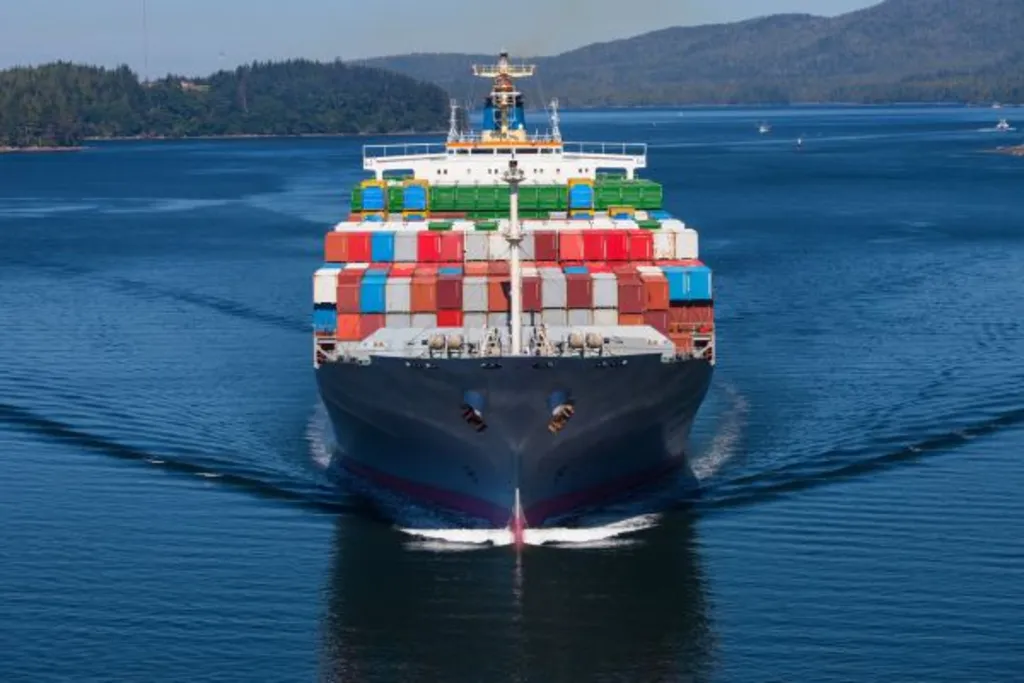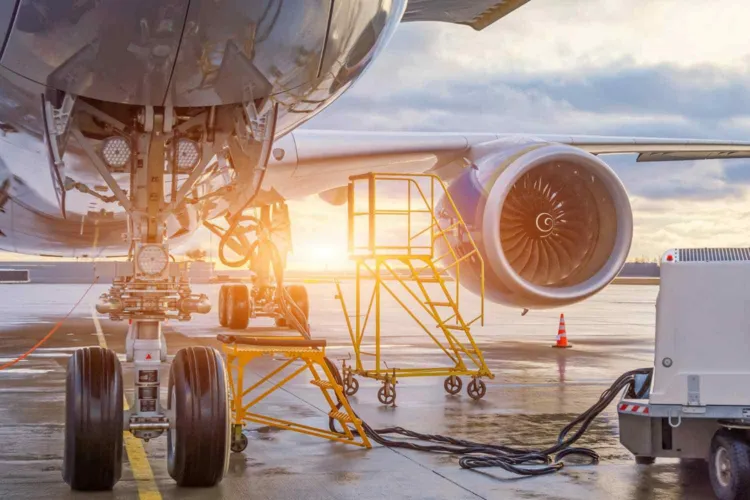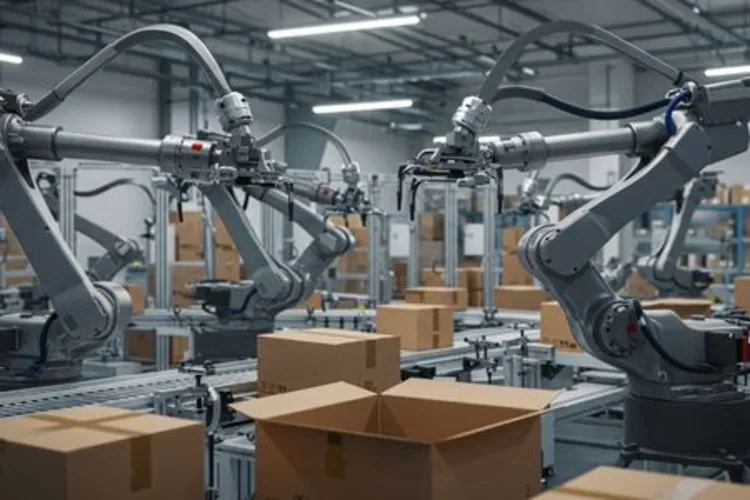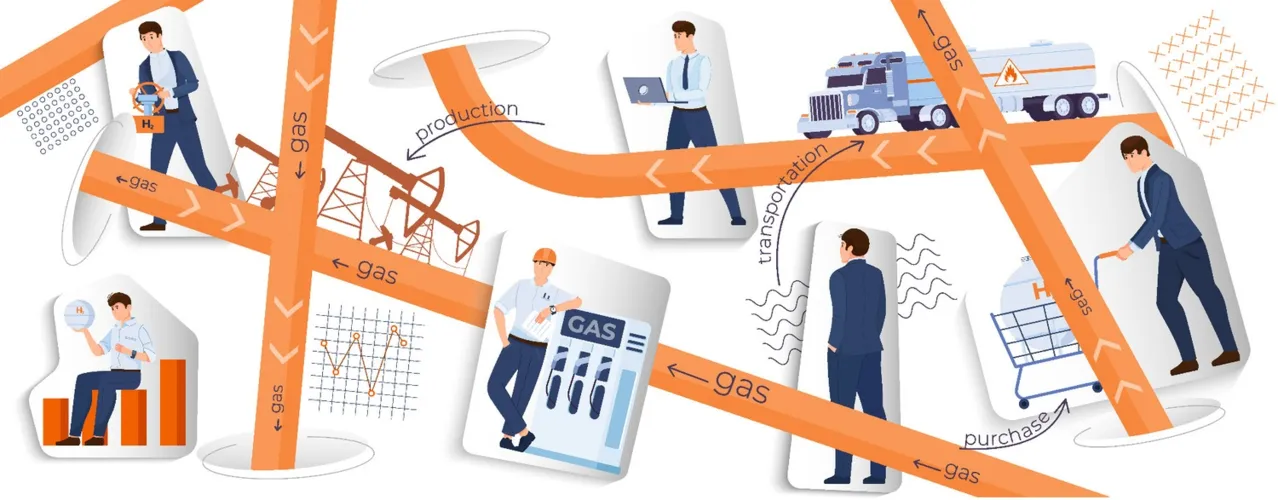Southeast Asia’s shipping industry stands at a crossroads. Without decisive action, greenhouse gas emissions from global shipping could quadruple by 2050, according to the Partnerships for Infrastructure 2025 report. This projection is especially concerning for the region, which lies at the heart of some of the world’s busiest maritime trade routes. Yet, rather than watching emissions rise, Southeast Asian nations are steering toward a greener horizon through investments in sustainable port infrastructure and low-carbon logistics.
 Ports Anchoring the Green Transition
Ports Anchoring the Green Transition
Shipping currently accounts for 2–3% of global CO₂ emissions, and much of this footprint comes from Asia’s extensive maritime activity. In response, Southeast Asian countries are accelerating their green shipping transitions, focusing on clean energy adoption, policy alignment, and regional cooperation.
Singapore leads by example with large-scale investments in LNG bunkering facilities and international green shipping corridors linking ports like Rotterdam and Los Angeles. These initiatives not only enable cleaner fuel use but also position Singapore as a global benchmark for sustainable maritime practices.
Across the region, Malaysia’s Green Bunkering Roadmap serves as a policy blueprint, advancing the phased deployment of low-carbon and alternative fuels such as hydrogen and ammonia. Supported by Partnerships for Infrastructure, this roadmap aligns international standards with domestic regulations, ensuring that safety, sustainability, and competitiveness go hand in hand.
The Southeast Asia Green Economy 2025 Report highlights that regional ports are among the fastest globally to adopt sustainability measures, from energy-efficient systems to electric vessel integration. These projects are increasingly backed by public-private investment, a sign of strong confidence in Southeast Asia’s role as a green maritime hub.
Moreover, ASEAN-led collaboration is helping channel greater investment flows into sustainable port infrastructure. Through shared pilot projects and knowledge exchange, countries are testing scalable models for clean fuel infrastructure and emission reduction strategies. This collective effort is crucial in ensuring that sustainability does not remain limited to advanced economies but becomes an inclusive growth model across the region.
At the same time, Southeast Asia’s maritime policies are broadening their scope. Governments are now integrating renewable energy into port operations, promoting sustainable shipbuilding, and incentivizing low-carbon logistics systems. Together, these policies signal a long-term commitment to reducing environmental impact while maintaining economic growth.
The momentum is clear: regional ports are transforming into green gateways, redefining what sustainability looks like in one of the world’s most critical trade corridors. From electric vessels to carbon-neutral shipping routes, Southeast Asia is proving that environmental responsibility and economic vitality can coexist at sea.
If sustained, these initiatives could make Southeast Asia not only a model for green shipping innovation but also a global leader in shaping the maritime industry’s net-zero future. The urgency of the emissions challenge remains, but with strong policy frameworks, technological adoption, and collaborative vision, the region is charting a course toward cleaner waters and a more resilient economy.
Read also: How Southeast Asia Supply Chain Attracts Global Giants








